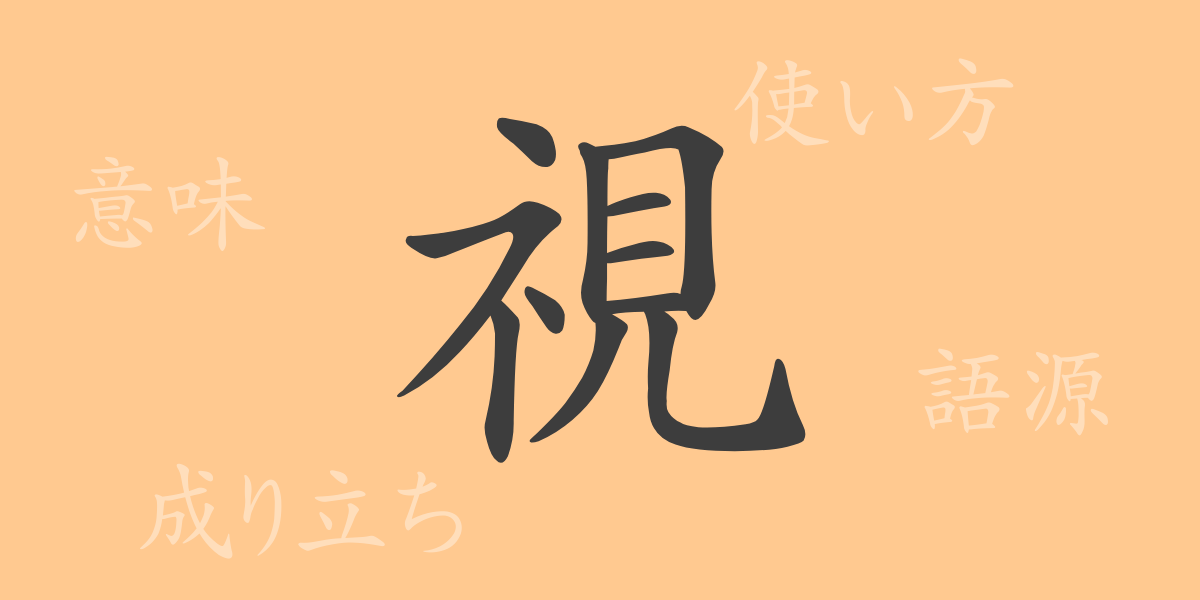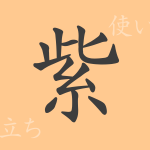Kanji, as one of the rich expressions in Japanese, adds depth to words with its unique shapes and meanings. The commonly used kanji “視(し)” is no exception. It is used in various contexts, from daily communication to specialized fields. This article explores the origins, meanings, uses, and role of the kanji “視(し)” in the Japanese language.
Origins of 視(し) (Etymology)
The kanji “視(し)” was created in ancient China to represent concepts related to vision. Its basic form is “見(み)”, meaning to see with the eyes. Adding the radical “示(しめす)” emphasizes the importance and sanctity of seeing. The act of showing was considered to express the will of the gods. Therefore, “視(し)” came to mean more than just seeing.
Meanings and Uses of 視(し)
The kanji “視(し)” primarily means “to see”, but it also includes nuances like “to watch over” and “to observe”. Metaphorically, it is used to mean “to consider” and “to regard as important”. In Japanese, many words incorporate this kanji, and its meaning subtly changes depending on the context.
Readings, Stroke Count, and Radical of 視(し)
The kanji “視(し)” has multiple readings in Japanese:
- Readings: The on’yomi (音読み) reading is “シ”, and the kun’yomi (訓読み) reading is “みる”.
- Stroke count: “視(し)” has a total of 11 strokes.
- Radical: The radical is “見(みる、けん)”.
Idioms, Phrases, and Proverbs Using 視(し)
There are numerous idioms, phrases, and proverbs in Japanese that include the kanji “視(し)”. Here are some examples:
- 視野(しや): Refers to the range of vision or the scope of consideration.
- 視覚(しかく): The sense of sight or the ability to see.
- 無視(むし): Intentionally ignoring or disregarding someone or something.
- 重視(じゅうし): Considering something as particularly important.
- 短視眼的(たんしがんてき): A shortsighted attitude or way of thinking, focusing only on the near term without considering the future.
Conclusion on 視(し)
The kanji “視(し)” adds rich meanings beyond the simple act of seeing, enhancing the depth of Japanese expressions. By broadening our perspective, sharpening our visual sense, and avoiding shortsighted thinking, we can better understand the world and take meaningful actions. Understanding the meanings of “視(し)” is a step towards having a richer worldview through language.

























